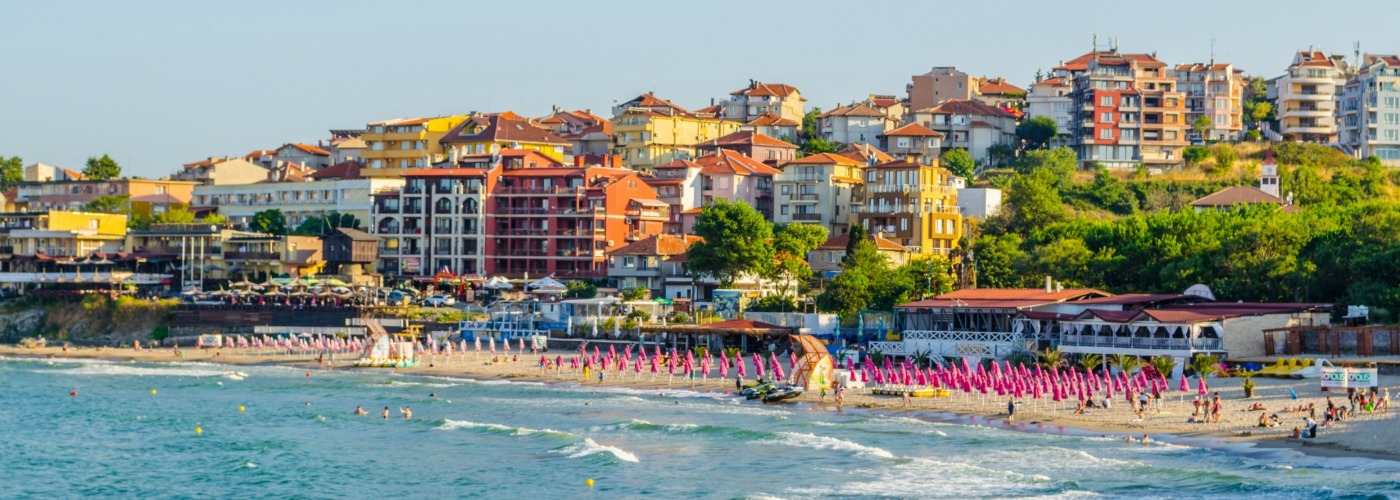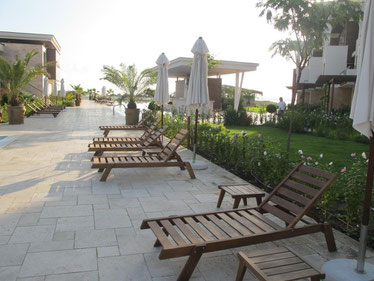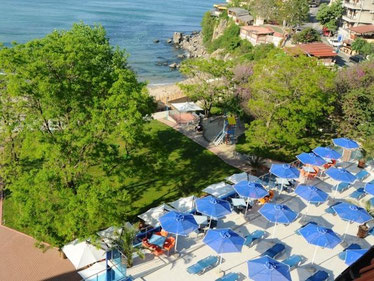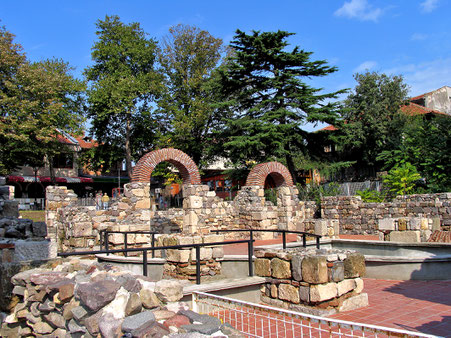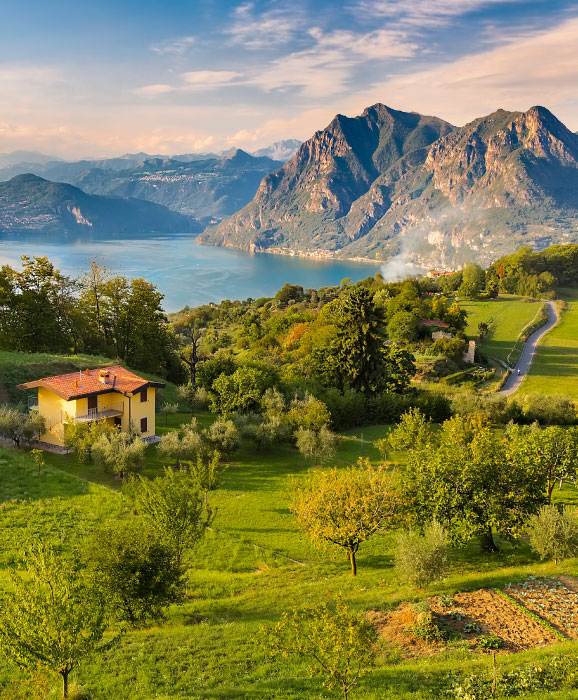Hotels in Sozopol
Sozopol – the business card of the marine tourism
Sozopol is the oldest town in Bulgaria. It has been established in 610 BC as a Hellenic colony of Miletus Greeks named Apollonia Pontica. The urban structure has been built during the centuries and reveals the stages of development of the human civilization, bears the marks of inherited cultural layers and continuity and turns Sozopol into a real museum town.
Present-day Sozopol is the business card of the Bulgarian marine tourism. Due to its impressive architecture and archaeology, diverse cultural programme, excellent hotel facilities and modern tourist infrastructure, the town welcomes hundred thousands of tourists each year. Sozopol is located 35 km away from Bourgas airport.
Best Hotels Deals
in Sozopol
9.7
Sea Sense Boutique Hotel
Located a few steps from Bamboo Beach
Guests can enjoy the on-site restaurant
Sozopol
image gallery
Architectural and archaeological reserve – Ancient Sozopol
At the beginning of V c. BC Apollonians raise a colossal bronze statue of Apollo the Healer, sculpted by the famous sculptor Calamis, in his urban temple. The rich town becomes centre of highly developed art. It is called by its contemporaries Apollonia Magna (The Great Apollonia). In IV c. Sozopol is again on the rise and is known as Sozopolis - town of salvation.
Churches and more than 180 Renaissance houses are preserved from the period XVIII – XIX c., which create the unique architectural appearance of present-day Sozopol. The ancient icons and magnificent wood-carved iconostases present the achievements of the arts of that time.
Architectural and historical complex “Southern Fortress Wall and Tower”
The architectural and historical complex “Southern Fortress Wall and Tower” is located in the old town of Sozopol. It combines elements of different eras – ancient well (IV-III c. BC); part of early Byzantine farm building dated from V-VI c., where a museum exhibition is presented; medieval fortress wall and tower with associated agricultural buildings; showroom for contemporary painting, sculpture and concerts; restored traditional house – an architectural monument of XVIII-XIX c.
Ancient and medieval Christian complex
The ancient and medieval Christian complex is situated in the heart of the Architectural and archaeological reserve – Ancient Sozopol.
Remains of houses and public buildings dating between the end of VII c. BC and the beginning of II c. BC are preserved and exhibited. The archaeological structures of the ancient architectural complex reveal itself under medieval necropolis of XI-XIV c., connected with the urban monastery complex. The archaeological remains reveal ancient basilica, converted into Christian in XI c.
Relics of St. John the Baptist
The relics of St. John the Baptist are discovered in 2010 on the island of Saint John next to Sozopol. They have been transferred in IV c. to the island monastery in Sozopol from the Patriarchate in Constantinople.
The discovery is of extreme importance for the whole Bulgaria and the entire Christian world. It has a high scientific value, proven by researches in Oxford and popularized by a National Geographic Channel’s movie, broadcasted on many world TV channels. Hundred thousands of tourists from Bulgaria and from all over the world are visiting Sozopol to worship the relics, which turn the town into one of the most desired destinations of the cultural and historical tourism in Bulgaria.
Archaeological complex “St. Nicholas the Wonderworker”
Archaeological complex “St. Nicholas the Wonderworker” presents artifacts and sites that track the 27-century history of Sozopol – from antiquity to the Middle Ages.
The superb ensemble includes the entrance to the town, completely preserved fortress walls and two towers, built in I-III century. In their foot, the monastery “St. Nicholas the Wonderworker” built in XII-VIII c., is restored. The holiness of the place, where the monastery is located, is complemented by early Christian necropolis, dug into the earlier ancient layer of Apollonia Pontica. The relics of St. Nicholas the Wonderworker have been discovered on the same place.
Video
of Bulgaria
Best in Europe.
Your ultimate bucket list to travel in Europe


























